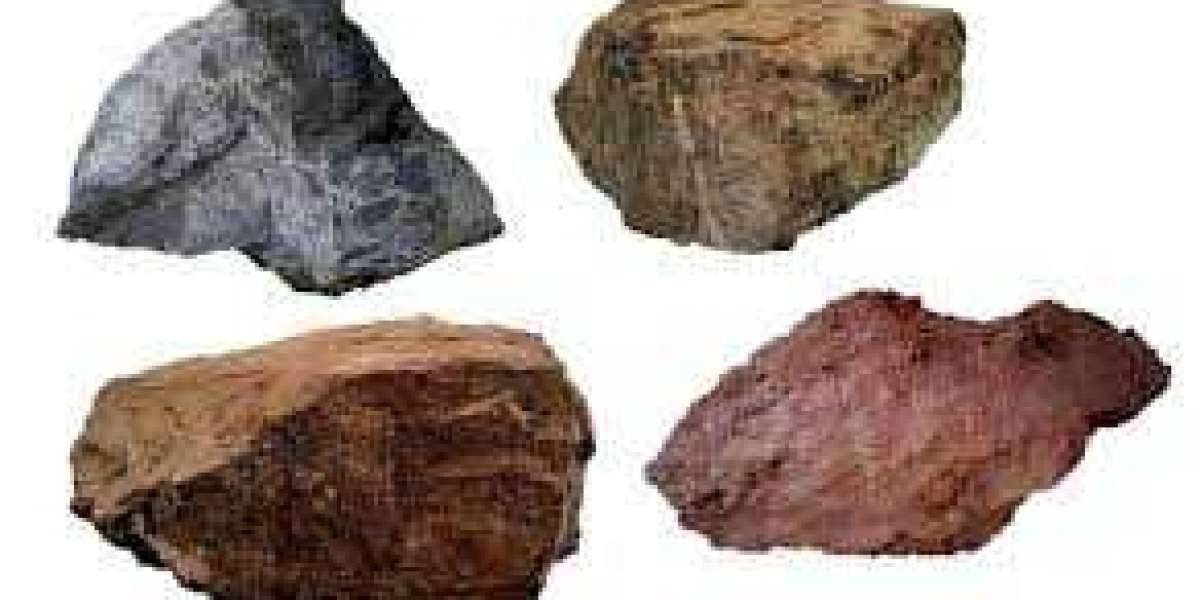definition of limestone
Limestone is defined as a white or gray rock used in the building materials and cement industries,and it is a sedimentary rock that consists of calcium carbonate, which comes in the form of calcite or aragonite, and may contain This stone contains large amounts of magnesium carbonate-dolomite, and it includes many secondary components such as clay, iron carbonate, pyrite, quartz, and feldspar. ), and possesses a granular texture ranging in grain size from 0.001 mm to visible particles, and these grains consist of microscopic fragments of fossil animal shells.
Limestone properties
Most limestone is formed by the deposition and stabilization of the skeletons of marine invertebrates.
Limestone deposits have a great thickness, and limestone is used as a flux for iron extraction, as a component of Portland cement and as a source of lime, and as a building and ornamental stone.
Marl, oolite, dolomite, chalk, and marble are important types of limestone.
Limestone locations
Limestone is formed in surface, calm and warm marine waters, and this type of rock can be found between latitudes 30 degrees north and 30 degrees south latitudes of the globe, and this stone is found in the Caribbean Sea, the Indian Ocean, the Gulf of Mexico, and the Arabian Gulf. This type is found in caves all over the world, and China, Russia, Japan, the United States, India, Germany, Brazil, Mexico, and Italy are among the largest producers of this stone in the world, and the largest quarries that produce this stone are located in Michigan in the United States. United.
How is limestone formed?
Limestone formed in water by accumulating calcium carbonate sediments with skeletons of previous life forms that died in the ocean, and mixed with other rock deposits over time.
Limestone is formed by the evaporation process, where this process occurs through the leakage of water droplets on the walls of the caves and then transmitted through the fractures, and then this water is evaporated leaving behind calcium carbonate that forms the limestone








